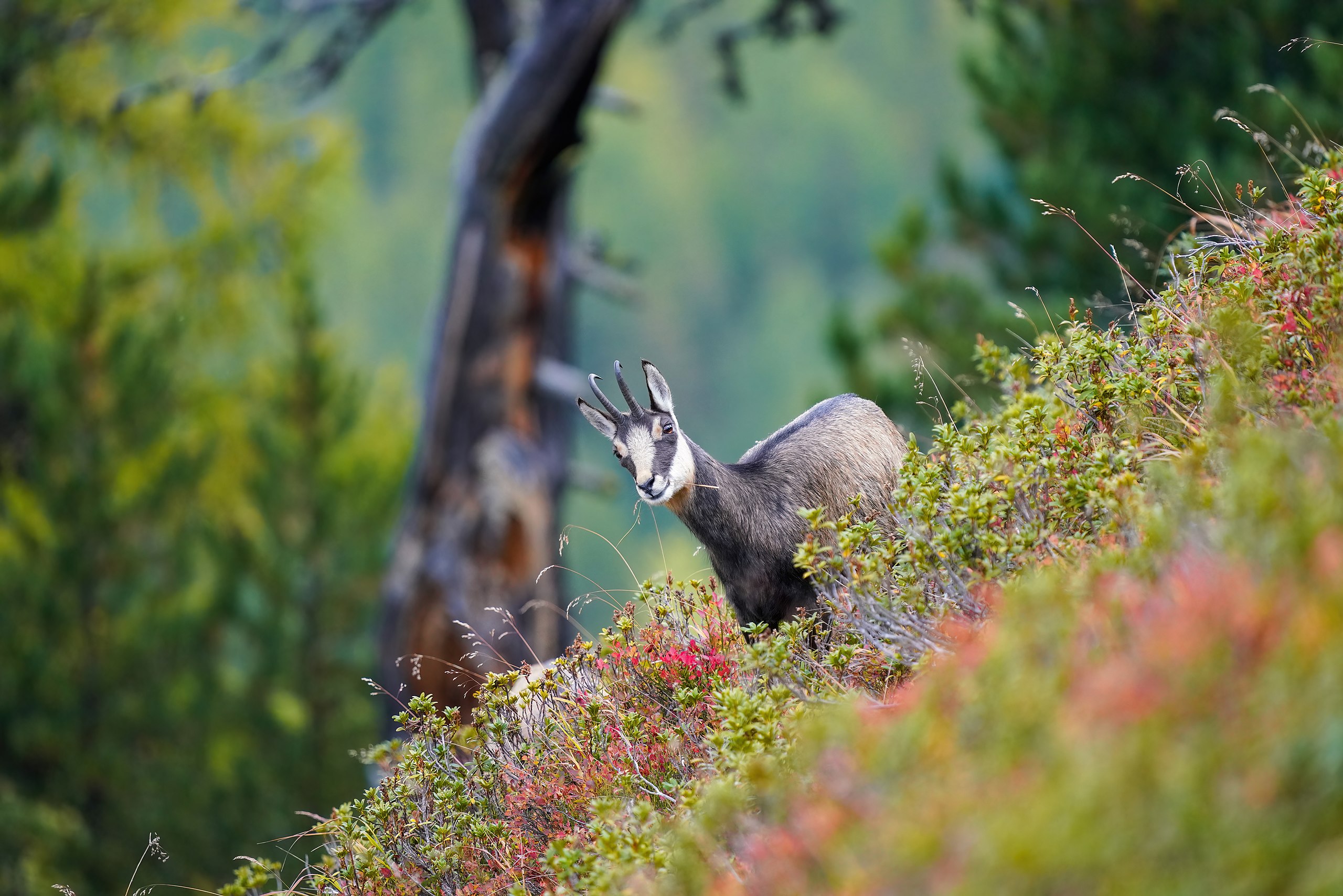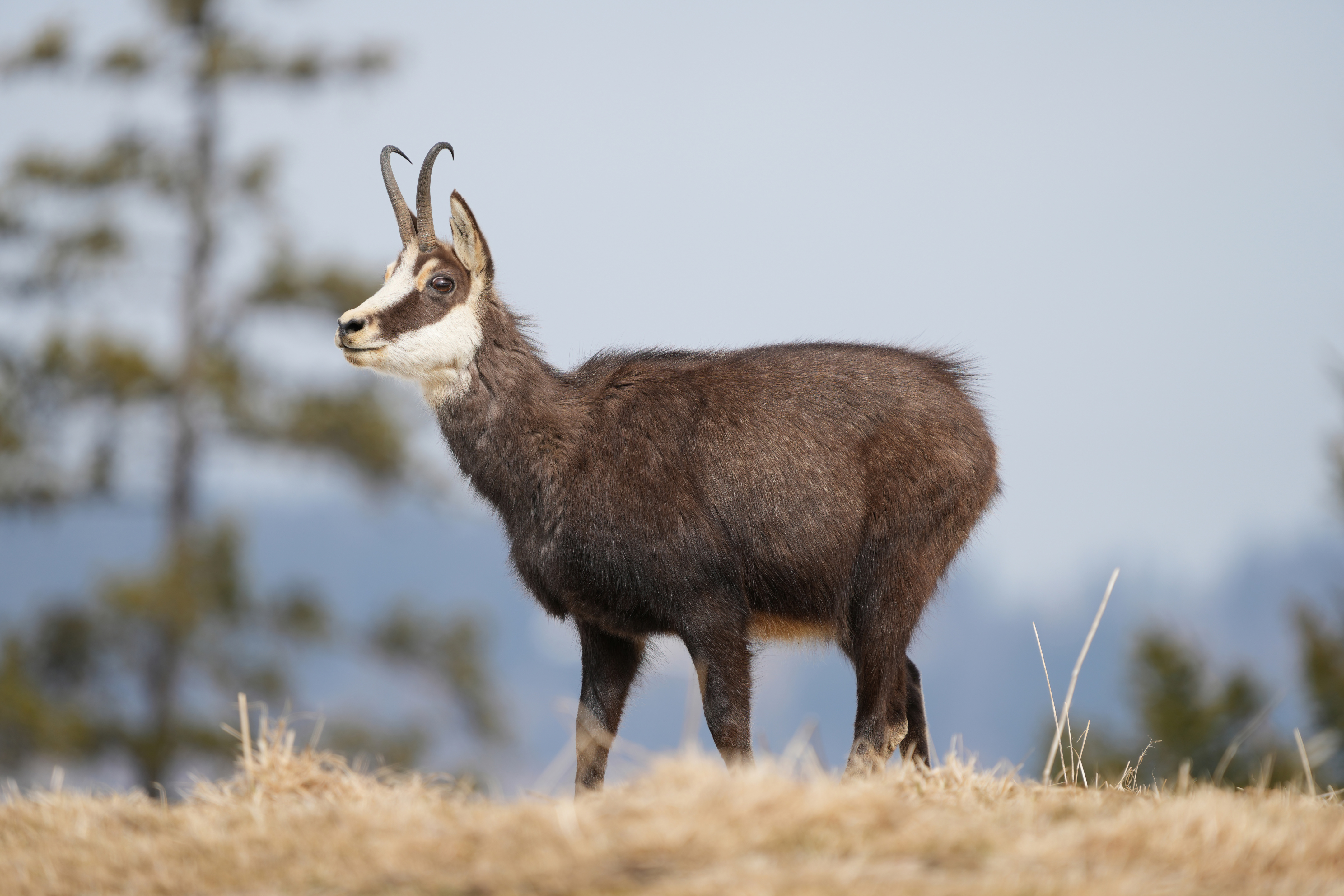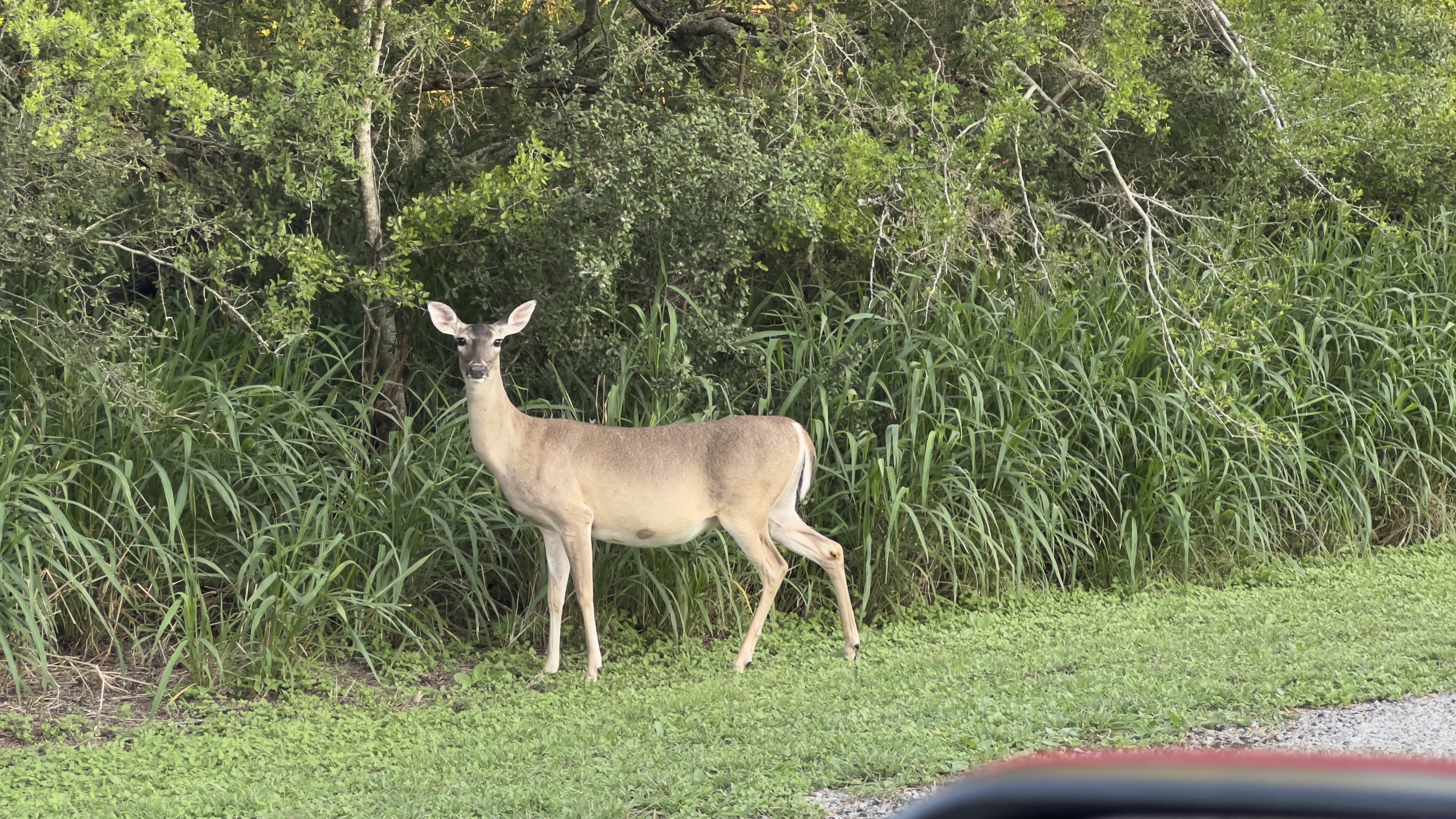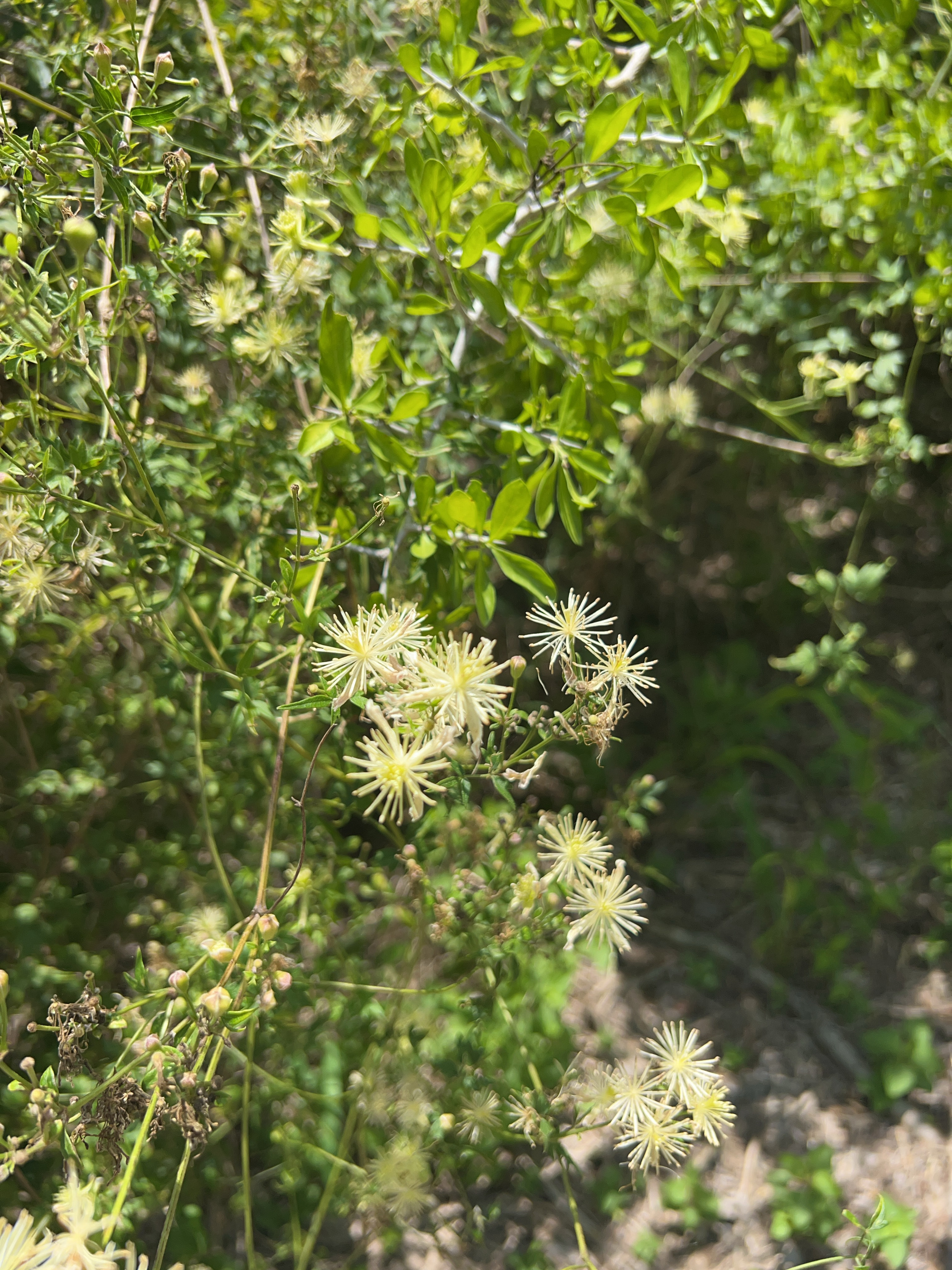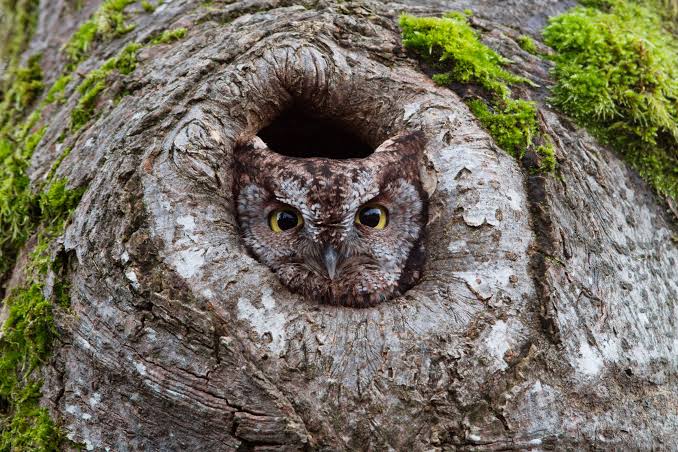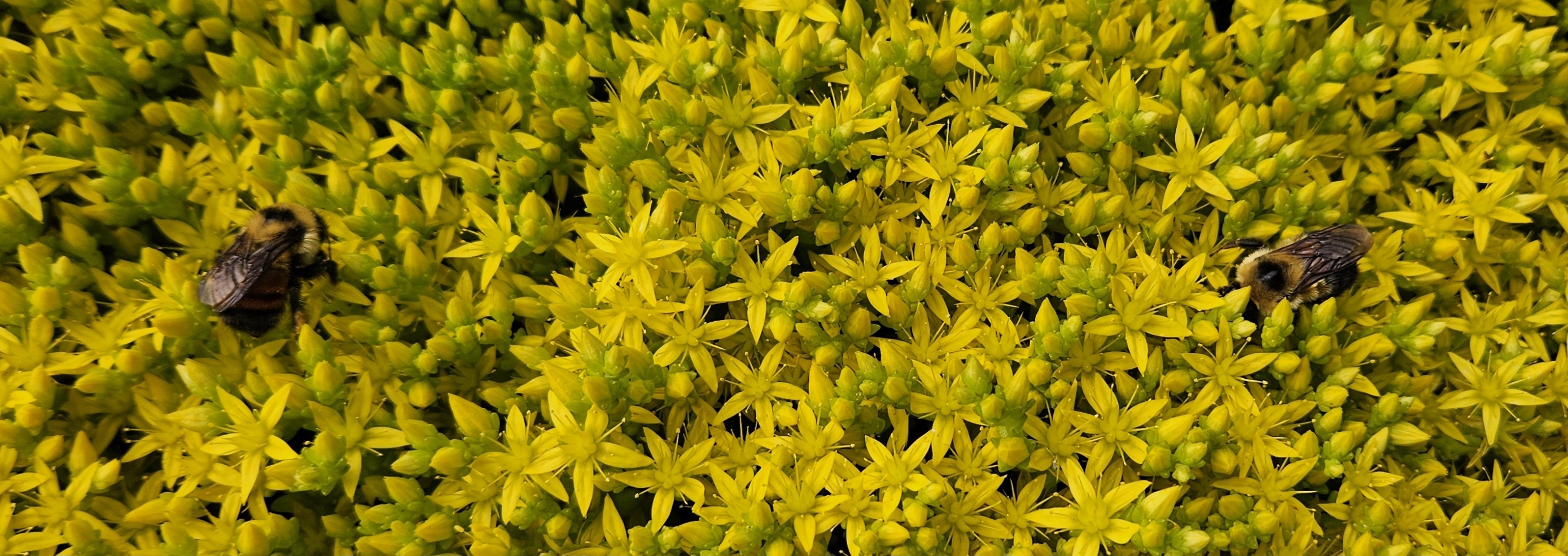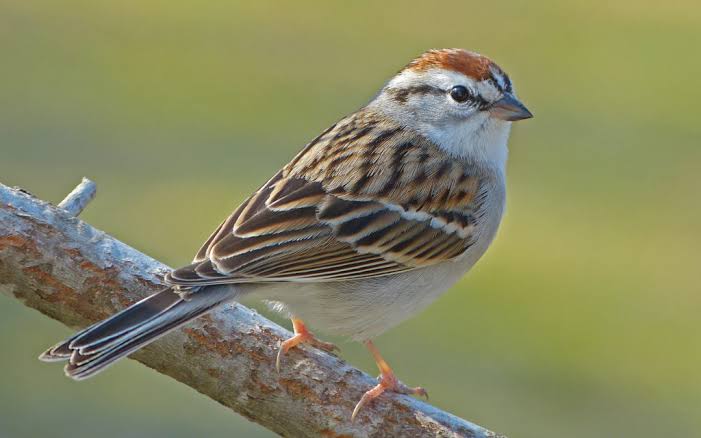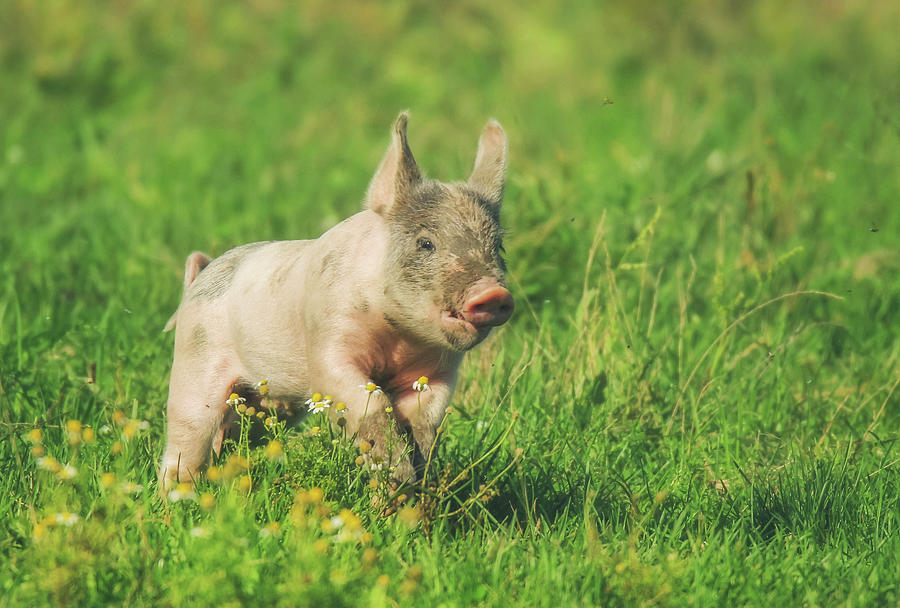The gray kingbird or grey kingbird (Tyrannus dominicensis), also known as pitirre, petchary or white-breasted kingbird, is a passerine bird in the tyrant flycatchers family Tyrannidae. The species was first described on the island of Hispaniola, then called Santo Domingo, thus the dominicensis name. Large headed and heavy billed like other kingbirds, the Gray Kingbird has ashy gray upperparts that grade into dark gray-brown wings and tail, with the hint of a dark mask through the eyes.
Gray Kingbirds inhabit open and semiopen habitats, often in coastal areas. In Florida, they are relatively common in towns and agricultural areas, as well as edges of mangrove forest. They occasionally nest as far as 15 miles away from the coast. They frequent trees on the edges of native forest, which in southern Florida might include sea grape, gumbo limbo, Jamaican dogwood, West Indian mahogany, green buttonwood, pigeon plum, silver buttonwood, casuarina, and pitch apple. Breeding habitats as far west as Mississippi and occasionally as far north as North Carolina are likewise coastal, with a mixture of pine and oak in residential and resort settings. On Caribbean islands, Gray Kingbirds also frequent savanna and mountain forests with pine and oak, especially where there is partial deforestation. Although they normally occur in habitats below 1,600 feet, there are reports from sites as high as 9,842 feet in the Andes. Wintering birds from Florida use a wide variety of habitats in the Caribbean and northern South America, including not just coastal lowlands but also the llanos (grasslands) of Venezuela, deforested openings in tropical forest, and even large cities in the northern Andes such as Bogotá. At night, Gray Kingbirds sometimes roost with other Tyrannus flycatchers; their roosts in red mangrove forests may include 150 or more birds.
Soon after returning to Florida in spring, male Gray Kingbirds claim territories of about 2–4 acres by calling and flying around the area. Pairs soon form, their bonds obvious in a flight display in which they fly straight up or in a spiral, crossing each other's paths, calling loudly and snapping their bills as they rise. Paired Gray Kingbirds call and flutter their wings when they meet back at the nest site, a greeting that probably also helps maintain their pair bond. Their generally brash behavior notwithstanding, Gray Kingbirds are surprisingly tolerant of others in their species, though males sometimes give chase early in the breeding season or raise their crest in aggressive display, revealing their scarlet central crown feathers. They frequently chase cowbirds away from the nesting area. Nests are set in a tree fork or on a horizontal limb, often over water, typically about 10 feet up in the tree. One nest measured 9.5 inches across and 2.8 inches tall, with an interior cup 3.4 inches across and 1.4 inches deep. The female constructs a rough cup nest of twigs, stems, and grasses, sometimes lining it with moss, hair, and rootlets. Both members of the pair gather nesting material, but the female selects the nest site, builds the bulky twig nest (as the male observes and guards her), and incubates the eggs, though males may help incubate on occasion. Both adults share chick-rearing duties. After the young have fledged, Gray Kingbirds eventually gather in small flocks prior to migration. During winter, they gather into large roosts in the evening, usually in mangroves if they are in a coastal part of the Caribbean or northern South America. Here they often chase each other and call vigorously before settling in for the night.
Gray Kingbirds prey largely on flying insects which they take in swift, direct flights, sometimes of 100 yards or more. Often the pursuit of prey involves steep dives and deft, zigzagging maneuvers that have given them the nickname “spitfire” in some places (after the British fighter plane of World War II). They usually return to their perch to strip prey of wings or stinger, then consume it. Gray Kingbirds also fly out to glean insects from vegetation, the ground, the surface of a pond, vehicles, or buildings. They even eat small lizards, usually striking them against a branch before consuming them, and there are reports of them eating hummingbirds, and minnows. When eating small fruits, they may hover or perch to pluck them. Other prey include beetles, weevils, bees, hornets, wasps, dragonflies, butterflies, moths, flies, and fly larvae taken from beach wrack. They also eat fruits of royal palm, espino, lantana, moral, coco plum, and West Indian birch.
Males sing a “dawn song;” a somewhat harsh, rolling, rhythmic chatter resembling a longer version of the typical call. Both sexes make a loud, rolling pitirre! throughout the year. Here

